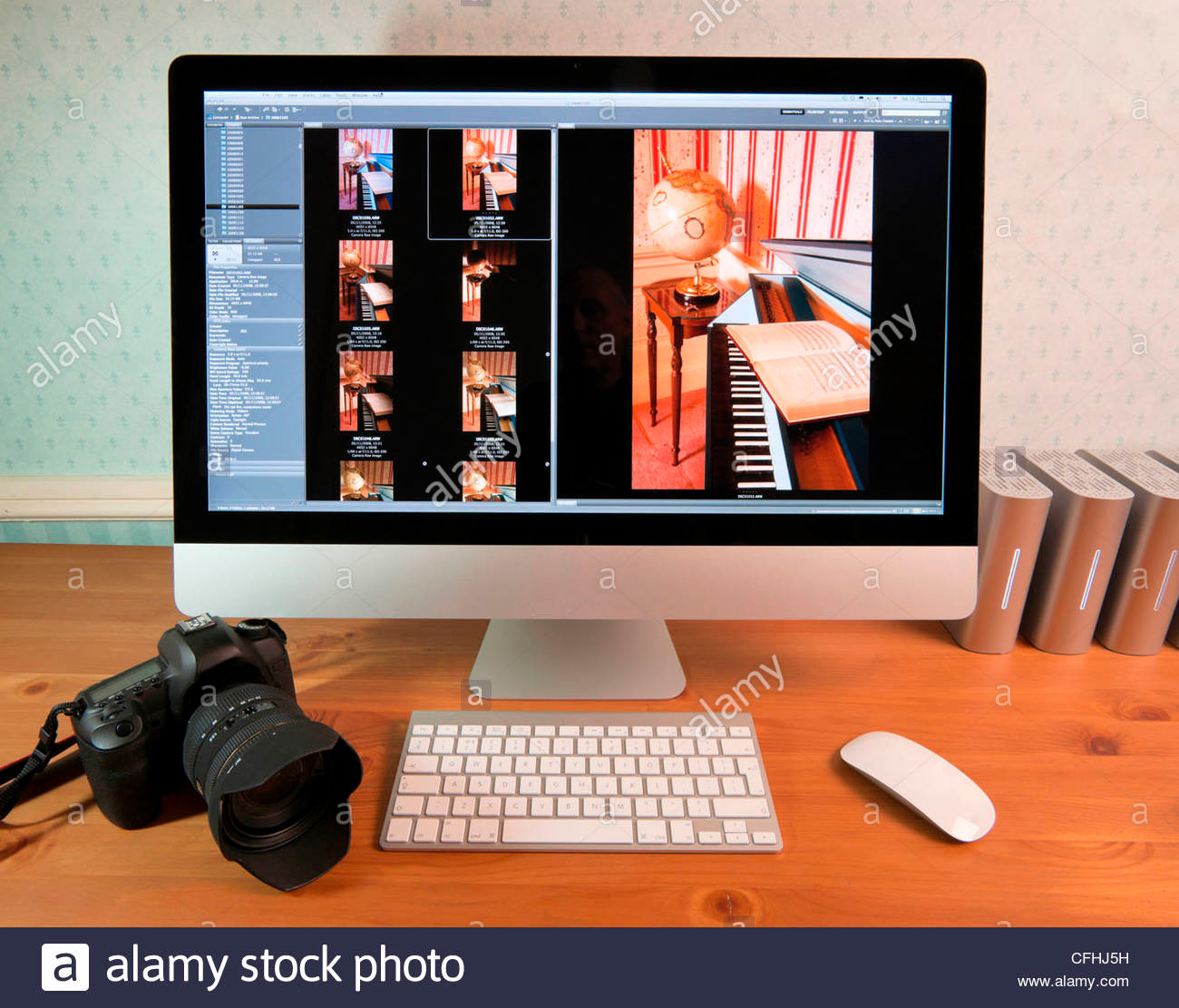
Thirty keys to stock photography

The most important lesson I ever learned in photography was the simplest – you can not take a picture without being there. The main reason for any picture being unique is because only one photographer was in one exact place at one moment, or only one photographer has ever been there. In stock photography (especially of the type mentioned above!) the great fear is that you will create a best-seller, an archetype… and then a thousand others will clone, copy, paraphrase or imitate your original idea.
‘Being there’ might be in the studio, with a particular model or models, or objects. It might be at the other end of the world. It might be at 3am, at twenty thousand feet above or below sea level, at 150°C or -40°C. It might be THAT position allocated by the authorities as the Royal wedding processes past. It might be the front row, when Bob Dylan walked on stage to duet with Jakob. It could be chance, planning, or foresight; it could be the result of great financial outlay, great physical or mental abilities, foolhardiness, endurance, or a flash of inspiration.

What makes the best stock photographers able to live off their work is nothing more than this on an hour by hour basis. They are not sitting in front of this impressive big Mac screen for eight hours a day. What is in front of the camera, by whatever means, changes by the hour or by the minute. They either go to where the picture is, or bring the picture to where they are, or imagine the picture and then create it.
It might be one picture a day, five pictures a day, twenty a day, or a hundred a day. That depends on whether you are posing perfect horses in a studio, shooting a fake meeting in a borrowed office – or wandering through a market where they’re waiting for the first flights to arrive at the new airport next year.
Experienced stock shooters will know I have missed some key points in my 30, but those are all to do with WHAT or WHO you photograph, not how you photograph it. The critical aspects of human interest, our concerns with sex, beauty, death, money, food, shelter, health, conflict, freedom, repression, religion, art, culture, race, status, fashion, comfort, travel… these are all an entirely different topic. They are all connected with your subject-matter, the ultimate determinant of success or failure in stock sales.

It all makes sense. Many thanks for such a helpful post, David.
As usual great advice David.
Much of it is not new to me but I have not always (or even often) paid proper attention or had forgotten it. Fortunately your pointing out this piece is timely as I am actually working to raise my photographic game now I can work at it as full time as I wish.
Thank you, these comments and other ideas will play a major part in my business plan for 2014.
About time I read this and follwoed the advice!! All makes perfect sense now!
Pingback: 30 key points about stock photography | dPhotoexpert | Dannyspltd's Blog
Pingback: 30 key points about stock photography | dPhotoexpert « master photography…
Fantastic advice David, and thank you so much for offering so much advice to others on Alamy’s forum. This must consume a great deal of your time – most generous.
Pingback: Stock-photography tips | mikeperris
Pingback: 30 keys to selling photo's | Localfoto.co.uk
Very good and interesting piece of work excellent for all who want to tread down the Stock Highway.
Excellent post! Thanks for sharing. You have provided many useful and helpful tips for all stock shooters to consider.
Clarence
Thanks, David. Will put all your fabulous advice on my 2011 resolutions list.
Bettina
This is Brilliant David, the best stockphotography advice i’ve ever read….A Stockphotographers Bible…Amen to that!
Thank You
Parm Bhandol
Interesting reading David. Hope to make at least some of that into one of my new years resolutions!
Thanks
Phil Crean
David – I adopted your cropping advice from another posting you made about a year ago… cropping a good percentage of my 2:3 format Nikon images down (or up?) to the 4:3 format because a) they do look larger and more impressive as Alamy thumbnails, and b) the 4:3 format crops-off softer image corners.
You certainly set yourself a big task David! There is so much in there to debate but I think I’d make the general comment that ‘rules’ can often be broken effectively to make an image that stands out from the crowd of generic stock. Of course a photographer has to have first learnt and mastered the rules to then reliably consider breaking them! An interesting read, thanks.
Alex
Thanks for the solid 30 keys to stock photography, David.
“The most important lesson I ever learned in photography was the simplest – you can not take a picture without being there”…. with a camera
Best piece of writing on stock photography I’ve seen. Common sense based on long experience. Unbeatable combination.